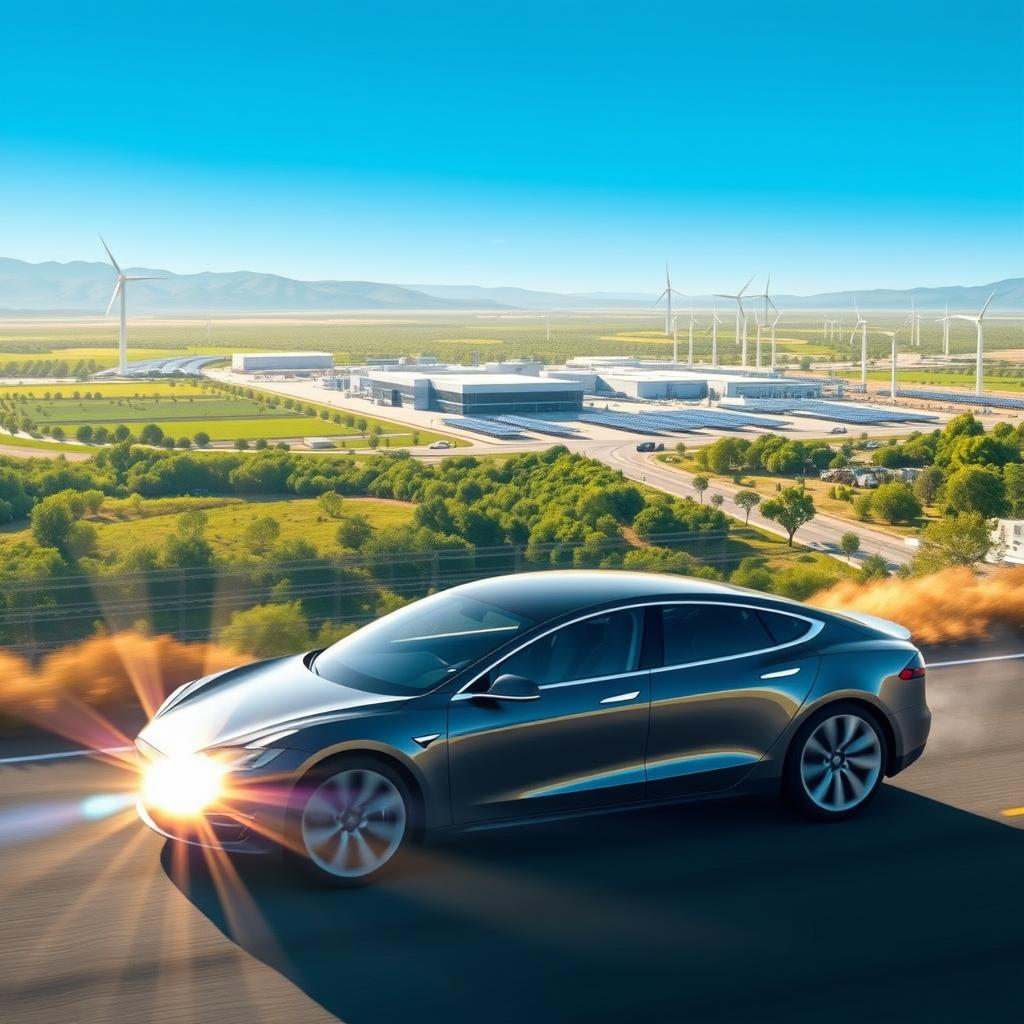Introduction
Tesla has long been at the forefront of the electric vehicle (EV) revolution, setting standards that the rest of the auto industry races to meet. However, reports of a 13% drop in vehicle deliveries during the first quarter of 2023 raise questions about its ambitious growth targets. Despite these challenges, Tesla’s history of pushing innovation in sustainable transportation remains influential. Let’s explore Tesla’s current landscape, analyzing the vital role it plays in automotive advancements and the strategies it employs to maintain its growth path.
Strategic Analysis
Tesla’s 13% decrease in vehicle deliveries in Q1 2023 sparked concerns about hitting year-end growth goals. But does this slip signal waning demand? Factors like global supply chain disruptions, component shortages, and the logistical hurdles of operating in varied markets play significant roles here. Nevertheless, Morningstar still values Tesla at $250 per share, showing investors believe in its long-term profitability. This valuation reflects Tesla’s strong technological foundation and its potential with new product launches, such as the updated Model S and X, expected to revive consumer interest and lift delivery figures in the coming quarters.
Tesla’s vertically integrated supply chain sets it apart, minimizing reliance on external suppliers. It gives Tesla control over production and the ability to quickly shift with industry trends.
Impact Projections
While Tesla plans its comeback strategy, new model launches and tech investments are expected to drive a recovery. The Q1 delivery setback, while notable, might be temporary as Tesla introduces innovations like better battery tech and improved self-driving features. Such advances force traditional automakers like Ford and GM to hasten their own electrification projects—Tesla’s market influence is undeniable as it expands consumer expectations for EVs.
Innovation Roadmap
Tesla keeps pushing the envelope with its R&D commitments. Their forward-thinking strategy involves enhancing energy efficiency and autonomous driving technology, evident in the upcoming AI-optimized self-driving features slated for a 2024 debut. Tesla sticks to deep technological integration, vital for both its vehicles and energy storage solutions. Globally, Tesla’s Gigafactories are increasing production to meet expected demand surges, focusing particularly on battery advancements.
Conclusion
In conclusion, while Tesla grapples with significant challenges, its innovative strategies lay a solid foundation for recovery and sustainable growth. The temporary setback in deliveries highlights the complexity of a fast-evolving market. Yet, Tesla’s leadership in EV tech, along with expected product launches and strong investor confidence, suggests a steady path forward. Tesla’s adaptability and leadership will be key in shaping its future successes and impact on the global market. Investors and industry observers keep a close watch, seeing Tesla not just as an automaker but as a driving force behind the shift toward cleaner, sustainable transportation.

Leave a Reply